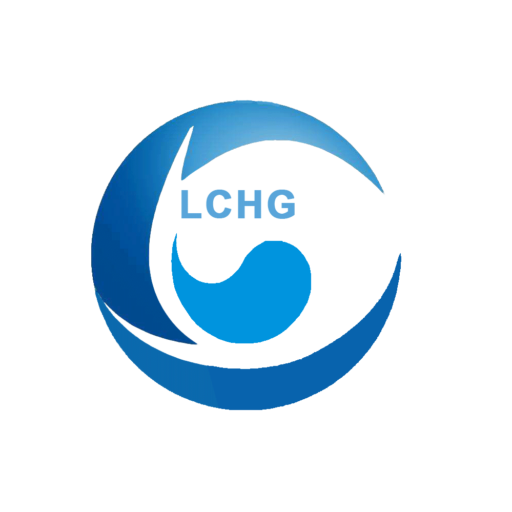Waterless Offset Printing- Photoinitiator
Waterless Offset Printing is a gravure printing technology that does not use water or traditional fountain solutions, but instead uses printing plates with non-ink-friendly silicone rubber surfaces, special inks and a set of temperature control systems. Compared with traditional offset printing technology, waterless offset printing has the advantages of excellent printing effect, higher printing efficiency and environmental protection.
3.4.4.1 Characteristics of waterless offset printing technology
(1) Good printing effect
① High color saturation. There is no water intervention in the printing, the printed image is not diluted and emulsified ink and more bright, vivid, color saturation of the prints increased, can exceed the traditional printing of 20%.
② good dot reproduction. The printing plate is a flat concave plate, embossing transfer to all sides of the diffusion degree is small, the rate of increase of the dot is reduced by 50%, and do not use fountain solution, the dot is clearer.
③ High printing density. Since the dot gain rate is small, the printing density can be appropriately increased to produce clear color tones, high-resolution and high-brightness images, fine text and precision images.
④ Since no water is used, there is no need to adjust the water-ink balance, and more substrates can be selected, such as outstanding performance on metallic foils, plastics, and films that cannot be printed by conventional offset printing.
⑤ The lack of fountain solution also enables accurate overprinting on double-sided presses, especially for thin paper printing.
(2) High printing speed and productivity
Because waterless offset printing does not need to adjust the water-ink balance when printing, the prepress time is 40% shorter than that of traditional offset printing, the consumption of overprint paper is reduced by 30% to 40%, and no printing fountain solution is used. Not only save printing preparation time and cost, but also to achieve high quality and high efficiency production.
(3) Favorable to environmental protection
Waterless offset printing process does not use traditional offset fountain solution containing volatile solvents such as chemicals, do not emit volatile organic compounds into the air, reducing environmental pollution, and saving water.
Of course, waterless offset printing also has its shortcomings, such as ink viscosity, paper quality requirements; and to ensure that the ink viscosity is not affected by the temperature, the need to configure the temperature control system, increasing certain costs.
At present, the general use of traditional photosensitive waterless offset printing plate, different companies, different periods of development of the structure of the printing plate is not the same, but the general structure is generally divided into 5 layers (from the inside out): plate base, the bottom layer (adhesive layer), pro-ink photographic layer (photosensitive layer), ink-repellent silicone rubber layer and the protective layer.
3.4.4.2 Structural Composition of Waterless Offset Printing Plates
(1) Plate base
The base of the plate is the supporting body of the printing plate, which should have a certain degree of strength and flexibility. Aluminum thin plate is mainly used, in addition, coated paper, aluminum alloy plate, rubber plate and plastic plate or a combination of several materials are also used.
(2) Undercoating
The bottom coating is the plate base and photographic layer bonded together in the adhesive layer, in addition to the role of adhesion, but also plays a role in heat insulation and buffer printing pressure.
(3) Photographic layer
Photopolymerization layer, also known as the light and heat conversion layer, with pro-ink, is the carrier of the printed image, is the core composition of the waterless offset printing plate, the photopolymerization layer is divided into two types of negative type and positive type.
(4) Silicone rubber layer
Silicone rubber and ink surface tension is greater than the cohesion of ink, so the silicone rubber layer can be used as a printing plate ink-repellent layer. Silicone rubber is generated by the reaction of dialkyl polysiloxane and crosslinking agent.
(5) Protective layer
In the silicone rubber layer is sometimes coated with a layer of polyester or polypropylene film with good light transmittance protective layer, which can prevent the plate from scratching and can improve the vacuum during exposure.
Contact Us Now!
If you need Price, please fill in your contact information in the form below, we will usually contact you within 24 hours. You could also email me info@longchangchemical.com during working hours ( 8:30 am to 6:00 pm UTC+8 Mon.~Sat. ) or use the website live chat to get prompt reply.
